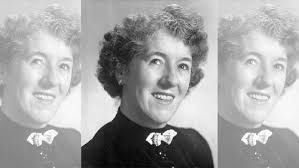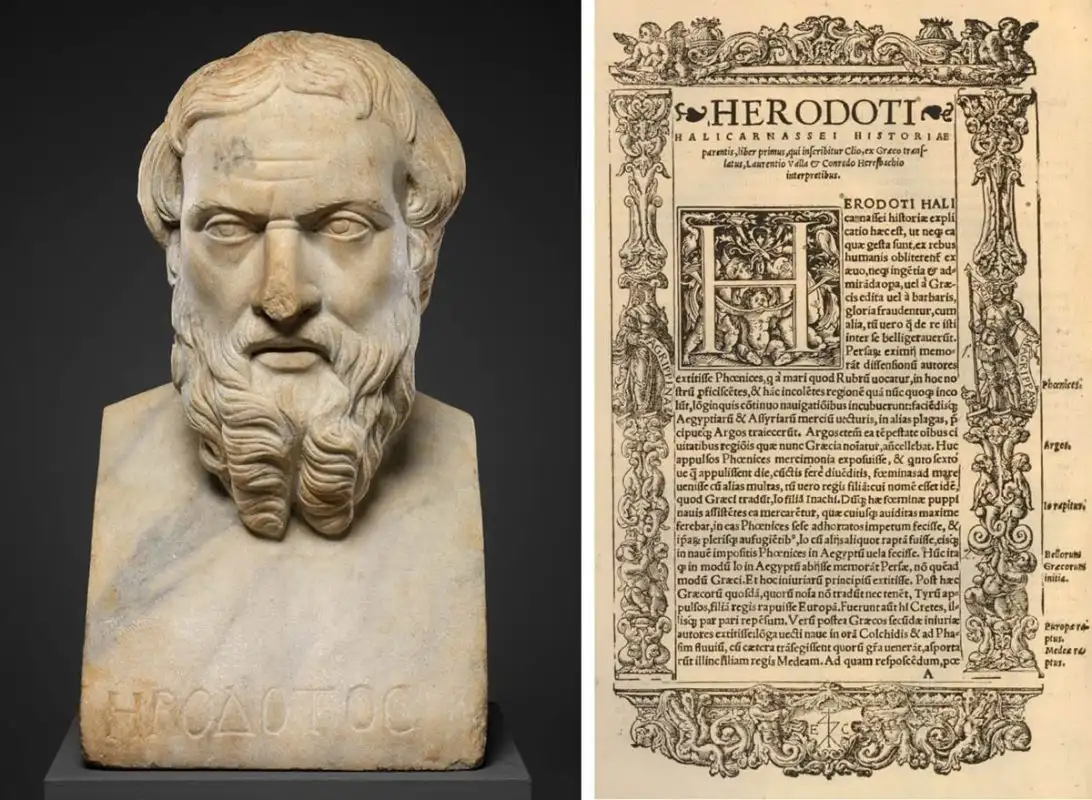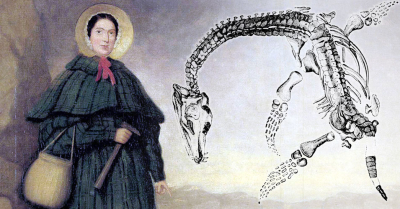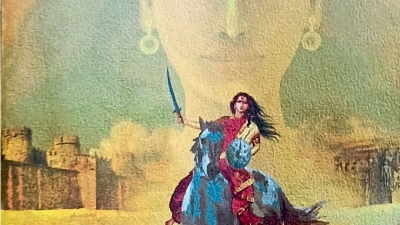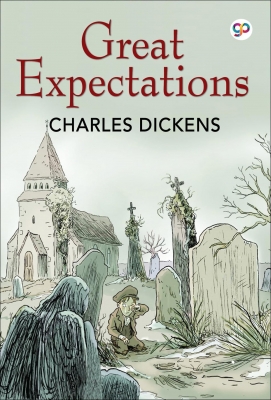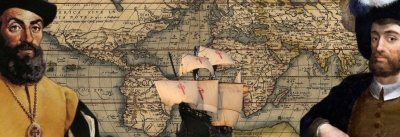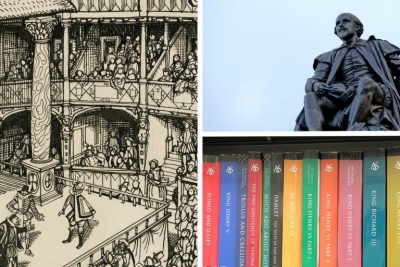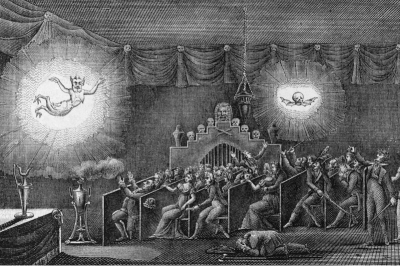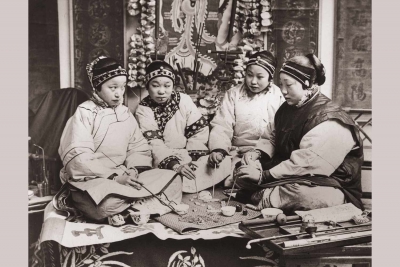What parts of when we cease to understand the world are fiction?

Covering a spectrum of genres, from riveting mysteries to hitorical fiction, this article pays homage to the art of co-authorship and the remarkable stories that emerge from such dynamic creative collaborations.
Good Omens Recommended age: 12 and up
Good Omens is a remarkable literary collaboration between two exceptional English writers. Neil Gaiman and Terry Pratchett. This imaginative novel is a labour of love that seamlessly blends their distinct narrative styles, humour, and wit into a captivating and unique story. Published in 1990, the story follows the unlikely alliance between an angel. Aziraphale, and a demon. Crowley, who have grown quite accustomed to life on Earth. As the impending apocalypse looms, the duo becomes unlikely allies in their shared goal to avert the end of the world. The novel's charm lies in its satirical take on the forces of good and evil, exploring the complexities of human nature and the absurdities of divine intervention. Gaiman and Pratchett's collaboration has yielded a humorous and thought-provoking narrative that delves into morality, friendship, and the cosmic battle between heaven and hell.
The Talisman Recommended age: 9-12
The Talisman stands as a shining example of collaborative literature, co-authored by two accomplished American writers, Stephen King and Peter Straub. This novel unites their distinct voices to create a mesmerising blend of fantasy and horror, offering readers a gripping narrative that showcases their combined storytelling prowess.
Set in a world that bridges reality and fantasy. The book follows the journey of a young boy named Jack Sawyer. Faced with the daunting task of saving his ailing mother. Jack embarks on a perilous quest through parallel worlds to find a magical talisman with healing properties. As he traverses dangerous landscapes and encounters both allies and adversaries, his determination is put to the test. The novel explores themes of loyalty, bravery, and the power of love.
The Personal Librarian Recommended age: 15 and up
The Personal Librarian is an interesting co-authored novel penned by American authors Marie Benedict and Victoria Christopher Murray. Based on the real-life figure Belle da Costa Greene, the novel delves into her role as the personal librarian to American financier J.P. Morgan. Against the backdrop of the Gilded Age (an era of flashy materialism in the U.S.) and the flourishing world of rare manuscripts and art, Belle navigates a world that is dominated by male power and privilege. As she expertly manages her dual identity as an African American woman passing as white, Belle must confront the complexities of her heritage, personal ambitions, and the price of secrecy.
The Personal Librarian is a rich blend of historical fiction and powerful character exploration, shedding light on a hidden figure whose contributions shaped the literary and artistic landscape of her time.
Beautiful Creatures Recommendedage: 12 and up
Beautiful Creatures authored by American writers Kami Garcia and Margaret Stohl, is a remarkable co-authored book that emerged from a playful dare. Friends before collaborators. Garcia and Stohl were dared by Stohl's children to join forces SAMI GARCIA & MARGARET STORIL and write a book together. This casual challenge evolved into the creation of the beloved Beautiful Creatures series.
Set in the Southern Gothic town of Gatlin, the series follows Ethan Wate and Lena Duchannes, two teenagers caught in a web of supernatural secrets. ancient curses, and a haunting history. As their bond deepens, they uncover the mysteries of their families legacies and the magical forces that intertwine their fates. The series explores themes of love, destiny, and the struggle between light and dark. Garcia and Stohl's collaborative effort has given birth to an engaging saga that keeps readers spellbound across four novels.
Best Night. Ever.: A Story Told From Seven Points of View
Best Night Ever A Story Told From Seven Points of View is a dynamic co-authored book that showcases the creative synergy of seven American authors Rachele Alpine. Ronni Ammo, Alison Cherry. Stephanie Faris, Jen Malone. Gail Nall, and Dee Romito. This collaborative work weaves together their distinct voices to create a multi-perspective narrative that offers readers a vibrant and engaging storytelling experience In this spirited tale, the authors skillfully interconnect the lives of seven characters who fit themselves linked through a seemingly ordinary middle school dance. As the night unfolds, readers gain unique insights into each character's hopes, fears and aspirations. The diverse viewpoints highlight the complexities of friendship, crushes, and personal growth, all set against the backdrop of a single event that shapes their experiences. This book captures the essence of adolescence showcasing the authors ability to craft a cohesive narrative while honouring the individuality of each character's voice.
Picture Credit: Google
